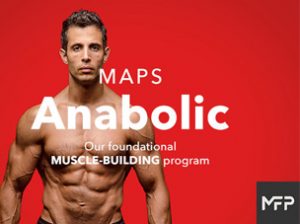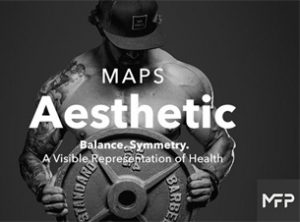When is it Safe for Someone to Start Resistance Training?
Apr 21, 2021 mindpumpI will start off by saying if you have any pre-existing health issues, heart conditions, or anything of a more serious medical emergency, to make sure you get approval from your doctor to workout. This article going forward will be for otherwise healthy individuals just starting out in their fitness journey, or coming back from an injury or lapse in time.
Rehabbing Minor Injuries
If you have a shoulder injury, tendonitis, elbow/knee pain, joint issues, or any type of chronic nagging pain, I would address that first. It will do you no good to try and work through it (although I have been guilty of this). If you have a chronic pain or injury within a certain body part, it is just putting you at higher risk of reinjuring that area, ingraining new, incorrect movement patterns to compensate, or delaying the time to heal.
That doesn’t mean you DON’T workout. Working out is more than just pushing heavy weight. A lot of chronic pain can heal quicker if you do very light, higher rep exercises (that don’t cause pain while you are doing it), to get increased blood flow to that area. A lot of people make the common mistake of let’s say, spraining their ankle, then completely taking time off and never working that area out. This is outdated. Again, as long as you have smart rehab programming, choosing exercises that do not cause pain in said area, and help strengthen that area, it will only benefit you to heal quicker.
Mobility Work
Another priority I’d recommend before starting resistance training safely, is to have focus on mobility. This can be done in conjunction with a sound program. The overall theme I’m shooting for here is that a resistance training program gets its most benefits, when you don’t have anything holding you back, or putting you at an increased risk for injury.
A lot of lifters get injured because they never work on their full range of motion. They load and load the weight, and their form gets sloppy, causing them to shorten their range. Future injuries happen because a lifter takes a heavy amount of weight through a range of motion that the muscle or body wasn’t prepared or trained up to handle. If you take the time early on in your career to learn good technique, and take an exercise through its full range, you are setting yourself up for success.
The Resistance Training
Make sure when you do start resistance training, you stick to compound exercises first. These will be the most bang for your buck exercises, that will yield the most results. This can be the squat, deadlift, overhead press, and bench press.
Be sure to use primer movements (mobility exercises), to target the body parts you are working that day. So for instance, if you are doing squats, you might want to warm up with glute and quad activation, waking up any dormant muscles you may have trouble firing. This will allow you to cue those muscles more effectively during the exercise itself.
Overall, there is no “perfect” time to start resistance training. It’s all about sound programming, and laying a foundation of good technique and full ranges of motion to optimize your workout and reduce injury.







